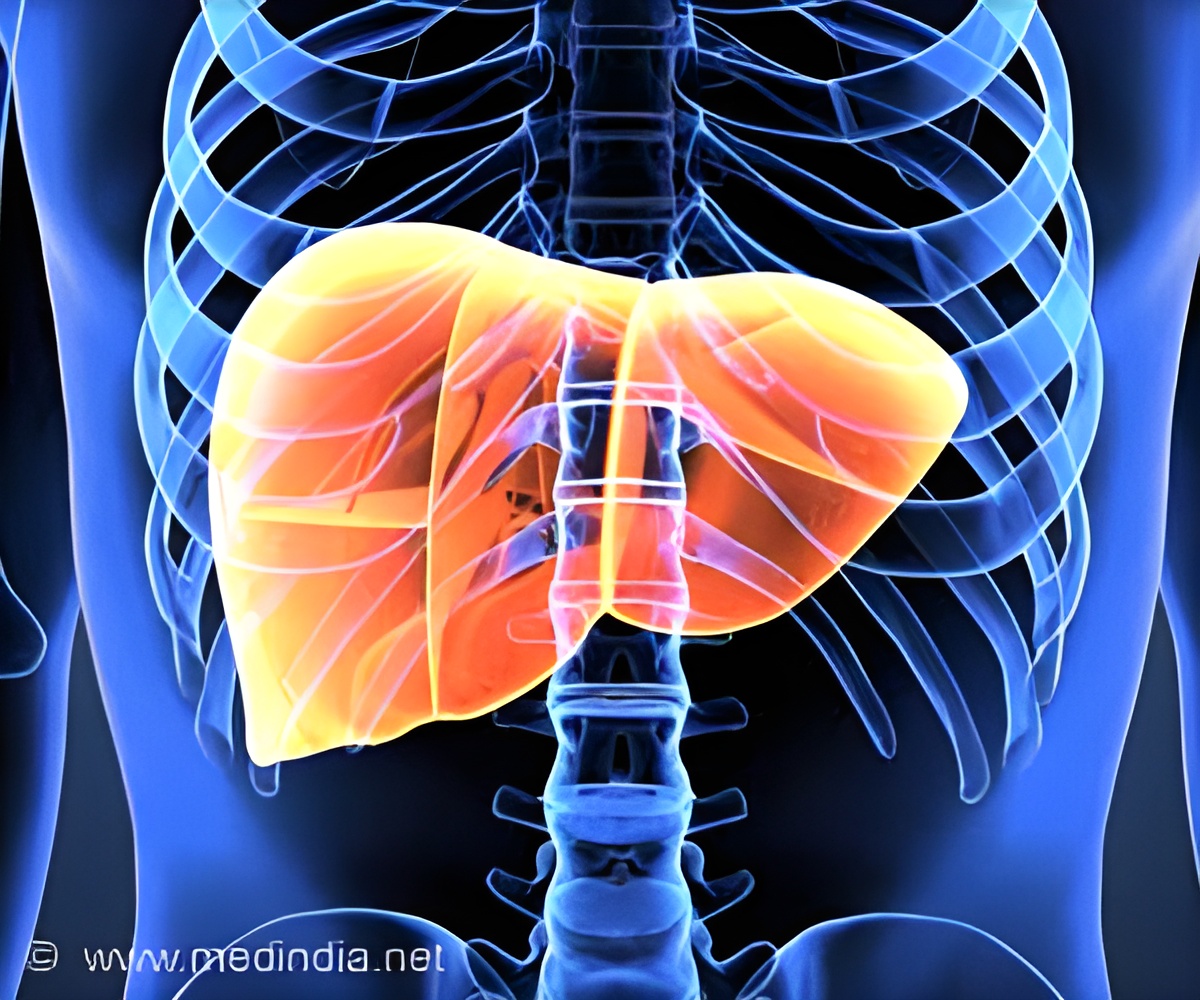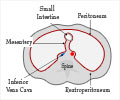A team led by researchers at Massachusetts General Hospital (MGH) has taken an important step forward in the goal of developing a potential treatment for non-alcoholic fatty liver disease (NAFLD).

‘Increasing oxidative phosphyloration may be a key process by which tesamorelin reduces fat in the liver and ultimately prevents progression of fibrosis.’
Read More..




Over time, fibrosis can progress to potentially fatal cirrhosis and even a form of liver cancer called hepatocellular carcinoma (HCC). Between 30 and 40 percent of adults in the United States have NAFLD, and the incidence appears to be rising.Read More..
Last year, a team led by endocrinologist Steven Grinspoon, MD, chief of the MGH Metabolism Unit, published a randomized controlled study in Lancet HIV showing that the drug tesamorelin (Egrifta) reduced liver fat and fibrosis progression in patients with HIV, who have an increased risk for NAFLD.
Tesamorelin is approved by the Food and Drug Administration (FDA) for treating excess abdominal fat in HIV-infected people, but how the drug might improve critical features of NAFLD was unknown.
In collaboration with colleagues at the Harvard T.H. Chan School of Public Health and the Broad Institute, as well as with collaborators at the National Institutes of Health (NIH), Grinspoon and his team decided to find out.
Using a technique called gene set enrichment analysis (GSEA), Grinspoon and his colleagues studied liver biopsy specimens from participants in the Lancet HIV study, half of whom received tesamorelin, while the others got inactive placebos.
Advertisement
In turn, increased expression of key oxidative phosphorylation genes was associated with reduced expression of fibrosis genes. "Increasing oxidative phosphyloration may be a key process by which tesamorelin reduces fat in the liver and ultimately prevents progression of fibrosis," says Grinspoon.
Advertisement
"That's likely beneficial," explains Grinspoon, noting that the body may over-respond to inflammation with collagen deposits that promote fibrosis. Moreover, a high rate of cell division could increase the risk for HCC. While it's unknown whether tesamorelin prevents liver cancer, genes associated with a favorable prognosis of HCC were upregulated in patients given the drug.
The MGH group is conducting additional studies with tesamorelin in both HIV and non-HIV patients. "This treatment strategy has effects on critical NAFLD pathways that could alter the milieu of the liver in a positive way in non-HIV patients, as well," says Grinspoon.
Source-Eurekalert












